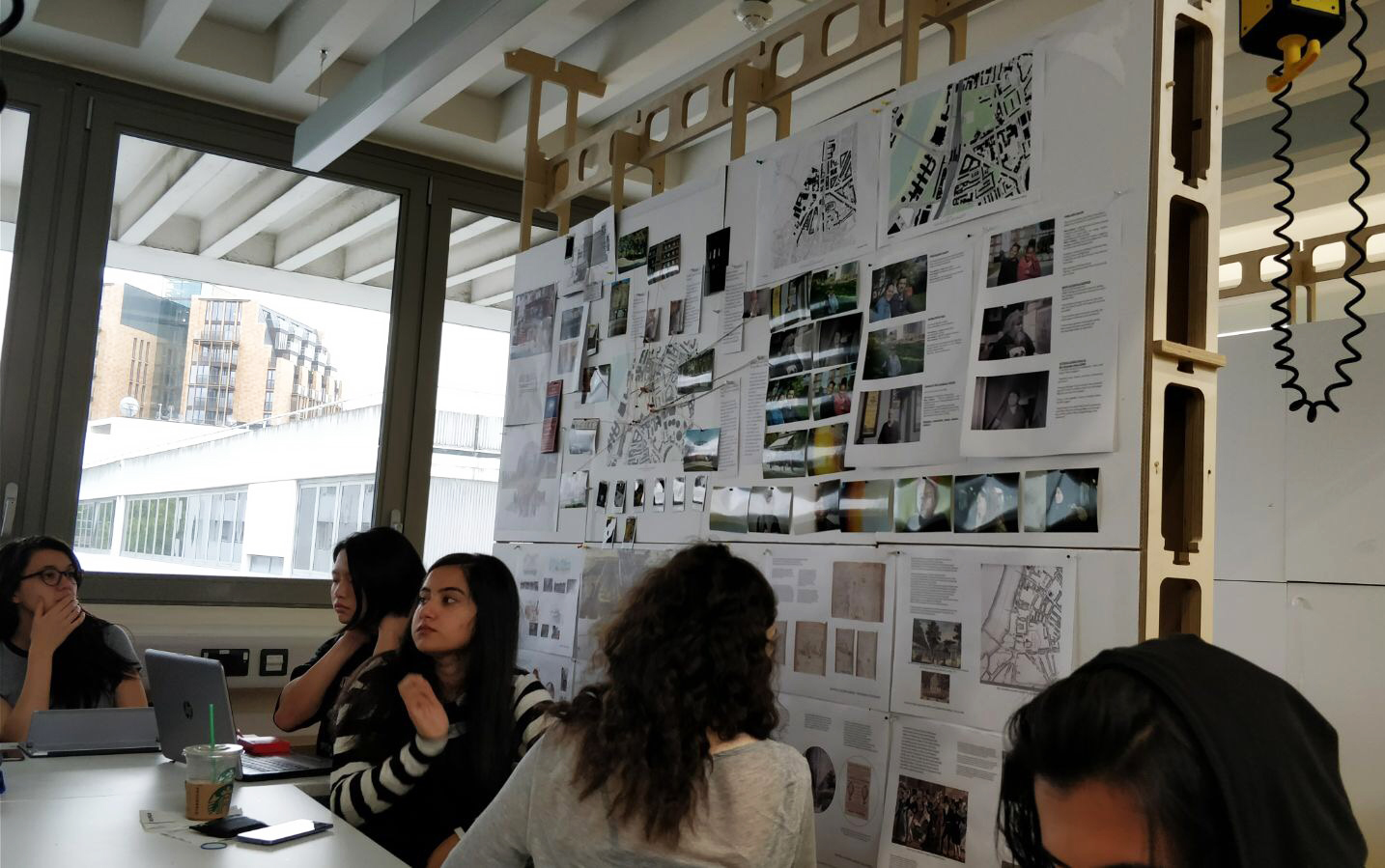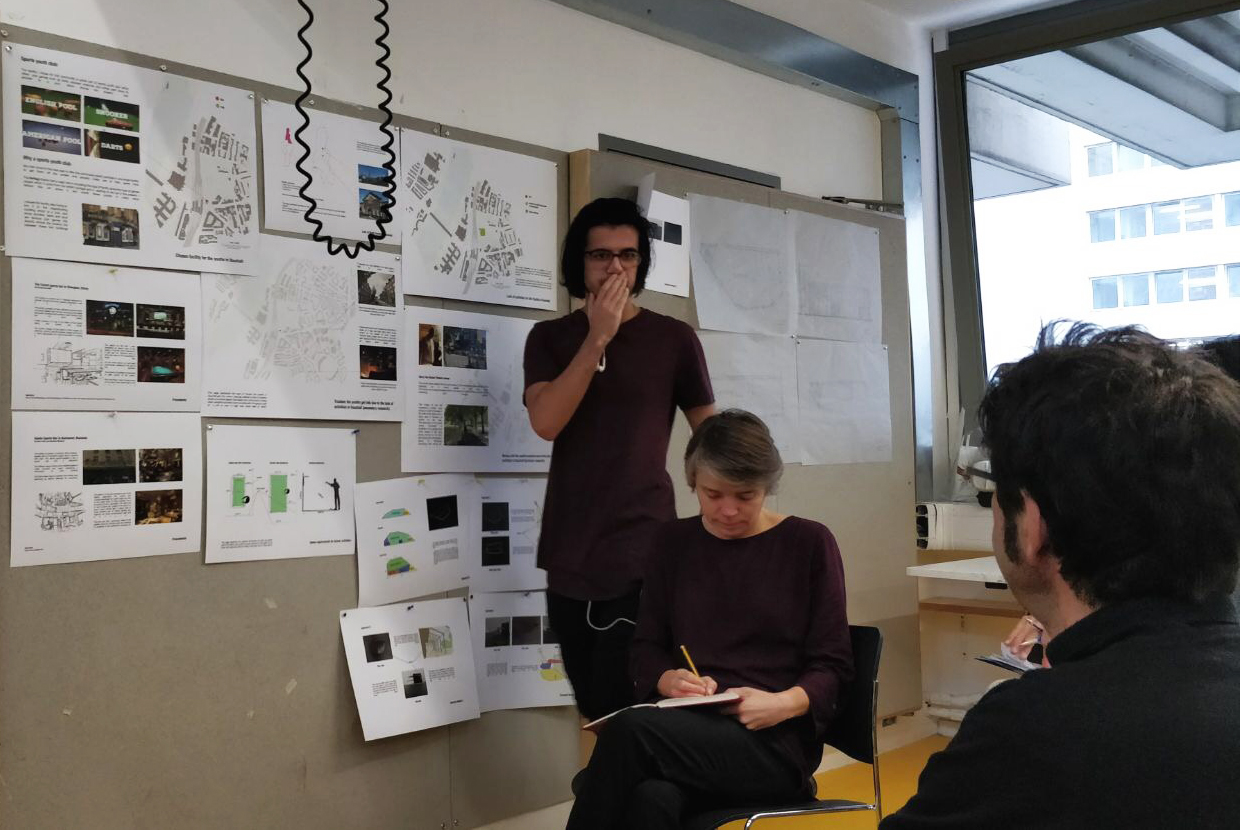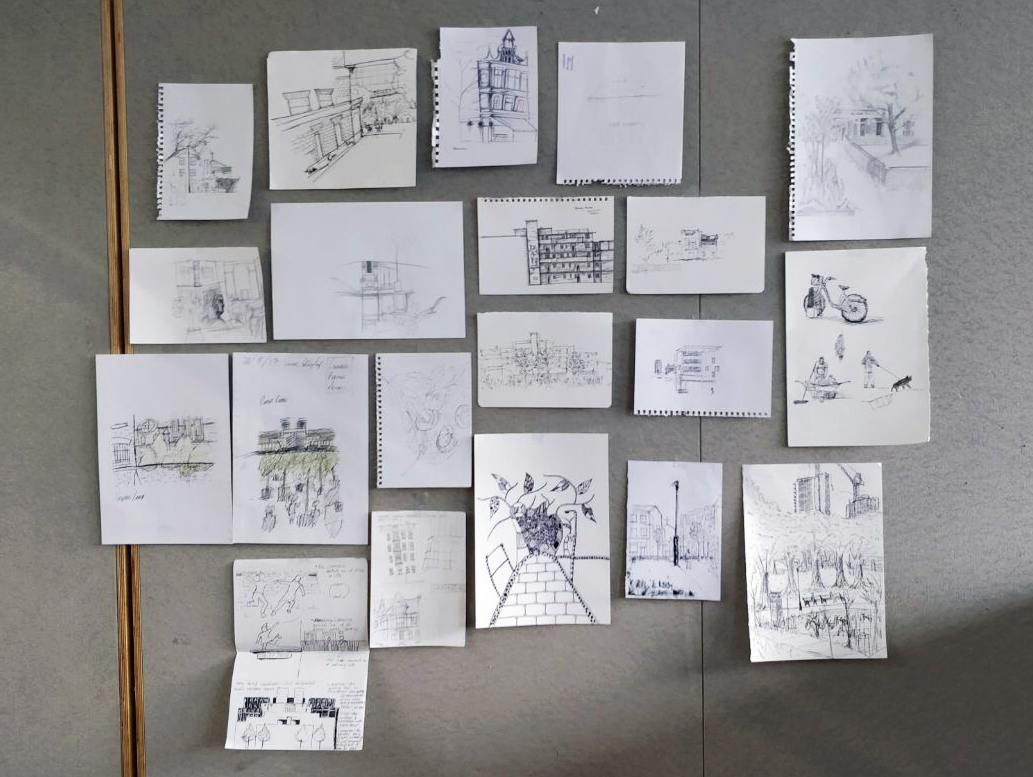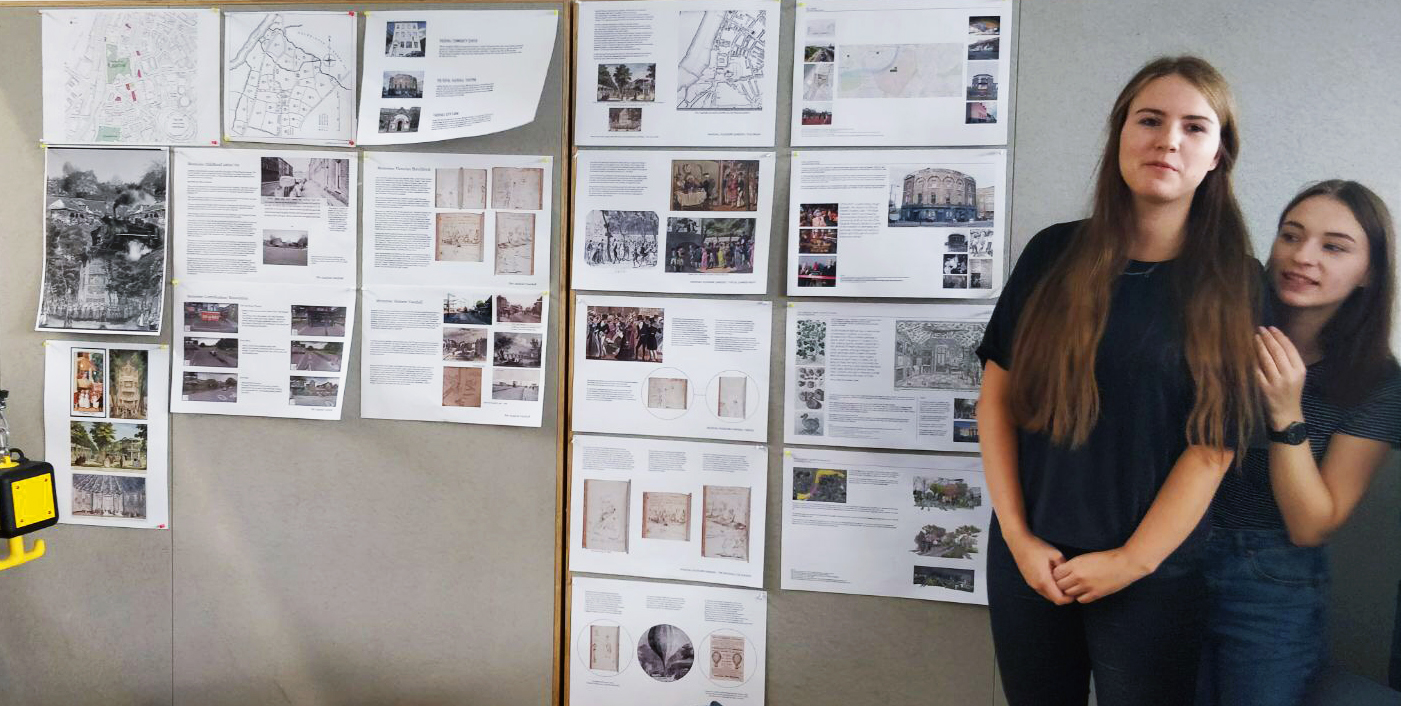Design Studio (Two) Four ARCHIVE
YEAR TWO – DS2.4
Tutors: Tszwai So and Elisa Engel
Tswai So is a co-founder of Spheron Architects, a trustee of the Heritage Trust Network and a published architectural historian.
Elisa Engel is a co-founder of ehk! architects and a trustee at Architecture for Humanity London. From 2012 to 2013, Elisa lived in Botswana, designing and project managing an award-winning new building for a youth centre on behalf of Architecture for Humanity.
Architecture & Memory
We have believed that until we can begin to understand how buildings affect individuals and communities emotionally, how they provide people with a sense of joy, identity, and place, there is no way to distinguish architecture from any everyday act of construction. (Kent C. Bloomer and Charles W. Moore, ‘Body, Memory, and Architecture’)
The body knows and remembers. Architectural meaning derives from archaic responses and reactions remembered by the body and the senses. (Juhani Pallasmaa, ‘The Eyes of the Skin: Architecture and the Senses’)
DS2.4 is interested in how buildings embody memories and in return how the experience of inhabitation can communicate feelings and evoke emotion. We unknowingly ascribe meanings to artefacts and spaces, and attach private or shared memories to everyday objects, heirlooms and places; we feel emotionally connected with them regardless of their utility or aesthetic distinction. Is this because they are the physical embodiment of our memories or that they communicate hidden meanings to us? How does an understanding of architectural heritage relate to the revelation of collective memories or can heritage refer solely to the material, to the built environment? Can we create architecture that re-embodies memories alongside providing for today’s needs; for people, places and things?
Vauxhall Pleasure Gardens as we know them today were the site of the 18th century gardens of the same name, the first and most significant of the commercially-run pleasure gardens of Georgian London. Today the gardens are a much-altered small park originally called Spring Garden, first opened to the public in 1976. Vauxhall Pleasure Gardens are a good example of communities coming together to defend public spaces that carry meaning for them in the face of gentrification.
The main project is to develop a narrative based on the chosen researched community/group of people, and create a building to serve a specific need(s) for the community within the limits of the site.













